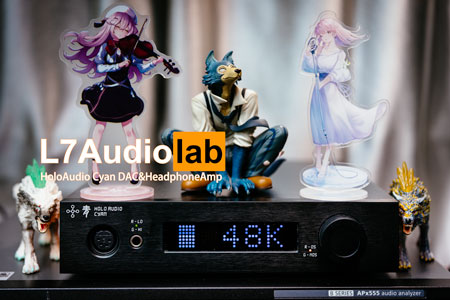This is a review, detailed measurements and listening test of the Topping Centaurus R2R stereo balanced DAC with PEQ filter support. It was sent to me by the company and costs US $999.
View attachment 413793
The unit has the elegant look of the new Topping DACs with high resolution, high contrast screen, nicely highlighting the volume level. It is fully graphic and can be changed to show spectrum, VU, etc. The included Bluetooth remote felt like it had a slight lag to it. Nothing serious but I don't remember this before. There is no rotary volume control. I use the remote for home use but on desktop, a rotary control is nicer for quick adjustments. Back panel shows the nice feature set we have grown to like from Topping:
View attachment 413794
Of note, we have the very useful trigger in/out for automatic turn on/off of downstream amplifier.
As the heading indicates, this is Topping's first discrete "R2R" DAC instead of using an integrated DAC solution. R2R performance can range from close to awful to respectable -- but never as good as IC based solutions. Let's see where the Centaurus lands. All tests are in default 4 volt mode instead of 5 volts (and "PRE" mode).
If you are not familiar with my DAC measurements, please watch this video first:
Topping Centaurus R2R DAC Measurements
As usual we start with our dashboard with XLR output:
View attachment 413795
This is better than I expected! Topping says THD+N is better than 0.0005% and we are getting half of that, resulting in the Centaurus landing in our "Excellent" category:
View attachment 413796
View attachment 413797
Harmonic distortion is higher than state of the art but all peaks are below -120 dB, making them inaudible.
RCA performance is naturally a bit lower:
View attachment 413800
Noise performance is essentially state of the art:
View attachment 413801
Jitter test output is not as squeaky clean as we normally see from Topping but is transparent:
View attachment 413802
Distortion was kept in check with our punishing 50 Hz tone into 600 ohm load:
View attachment 413807
Where we go sideways with R2R is in mid levels:
View attachment 413803
We have about 20 to 25 dB more distortion and noise at -33 dB than state of the art DACs. The quietness that topping brings to the table shows up at the start of the sweep where distortion is still very low.
Linearity however, has taken the smallest, negligible hit:
View attachment 413804
I was disappointed that none of the filter settings resulted in flat frequency response to 20 kHz:
View attachment 413805
View attachment 413806
On the other hand R2R fans get full menu of what they are asking with myriad of filter settings.
With default filter, there is still some out of band noise to reduce performance but impact is low:
View attachment 413808
Go to "non-oversampling" mode and ultrasonic noise shoots through the noise, causing that off-the-charts green line. Best not to have a tweeter that attempts to go above 20 kHz!
Topping Centaurus R2R DAC Listening Tests
I gave the DAC a quick test to see if I can the magic of R2R DAC. Connected the XLR output to Topping A90 headphone amp and drove the
Dan Clark E3 headphone with it. I Was listening to one of my favorite tracks from Civil Wars, the remake of Billie Jean on the RME ADI-2 Pro. After quickly moved the headphone jack to Centaurus A90 chain, I noticed the highs collapse a bit but raspiness of the Jean-Paul White became more pronounced and pleasing! Was quite a surprise until I plug the headphone back into the RME, cranked up the volume to similar level and it too produced the same sound. Teaches me not to do sighted tests like this.
 Conclusions
Conclusions
Objective performance of Centaurus seems to be the best that can be done with R2R technology. Topping brings to the table ultra low noise, equalization and great packaging, offsetting some of the shortcomings of that technology. Ultimately it can only polish that so much. Fortunately, distortion levels are likely still well below audibility, sans the rolled off highs that may be audible to younger folks. They should keep in mind as they change filters that the roll off changes with it.
Once a month someone asks me what R2R DAC they should buy. They say they have tried all the ESS/AKM DACs and want to play with something new. When I tell them I have nothing to recommend, some accept that, but others downright get angry with me! Now I can tell them to go and get the Centaurus and sleep easy that it at least doesn't compromise much fidelity.
While I would not buy or use an R2R DAC, I am still going to recommend the Topping Centaurus for those who want an R2R technoloy.
------------
As always, questions, comments, recommendations, etc. are welcome.
Any
donations are much appreciated using
: https://www.audiosciencereview.com/forum/index.php?threads/how-to-support-audio-science-review.8150/






